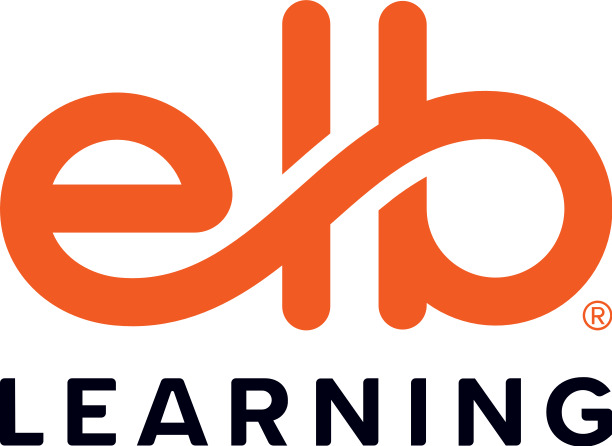ATD Blog
How to Build Resiliency and Adaptability in Your Team as AI Changes the Landscape of Learning
Wed Apr 17 2024

There is no more “business as usual.”
Over half (55 percent) of the respondents to the 2024 Gartner CIO and Technology Executive Survey say they will deploy generative artificial intelligence (AI) over the next 24 months, and 70 percent describe it as “game-changing technology.”
Whether you’ve accepted it or not, standard operating procedures have gone out the window with the advance of AI. Now it’s time to adapt and create a strategy to apply AI in meaningful and responsible ways for your organization.
“A technology decision is not just a technology decision anymore. It is a technology, economic, social, and ethical decision all at once,” said Mary Mesaglio, distinguished VP analyst at Gartner. “To navigate decisions about AI in their organization, CIOs and IT leaders need lighthouse principles—a vision for AI that lights the way and says what kind of human-machine relationships they will and will not accept.”
Let’s explore the nuances of change management in the context of AI, focusing on cultivating resilience, fostering innovation, and promoting a mindset of continuous improvement.
Deepen Change Management Skills
“Your workers may be worried about being replaced by AI. The real concern is being replaced by someone who knows how to use AI to be more efficient and productive,” said Mike Hruska, founder and CEO of Problem Solutions, in a recent presentation.
This can seem like a scary time, but with a good change management strategy, leaders can foster natural transitions for AI-induced changes.
“Machines are evolving from being our tools to becoming our teammates,” said Gabriela Vogel, senior director analyst at Gartner. “Gartner predicts that by 2025, \[generative AI\] will be a workforce partner for 90 percent of companies worldwide.”
A leader’s social intelligence, including the ability to communicate effectively, empathize, and praise and encourage improvements, is essential for getting workers and peers to embrace AI.
Leaders need to communicate why they believe integrating AI will benefit workers and the company as a whole.
Mike Hruska and Christina Barss, chief transformation officer at Problem Solutions, recommend going through an AI Lean Hypothesis Canvas exercise to identify why you believe your organization needs AI, how you will test that hypothesis, and what outcomes you believe you’ll achieve.
In doing so, leaders can involve employees in the testing and decision-making process regarding AI implementation. Leaders must try to see the change from others’ perspectives. They should solicit feedback, suggestions, and concerns to ensure that AI initiatives align with employees’ needs and priorities.
Foster Innovation and Growth Mindsets
Follow these three tips to help make your organization a fertile ground for new ideas and continuous improvement in the face of AI advancements:
Communicate transparently: Start by openly discussing AI’s role in the organization’s growth strategy. Provide clarity on how AI will augment rather than replace human capabilities. Transparency builds trust and alleviates fears of job displacement.
Educate and train: Offer comprehensive training programs to familiarize employees with AI tools and their benefits. Focus on demonstrating how AI can streamline tasks, boost productivity, and create new opportunities for professional development.
Encourage experimentation: Foster a culture where employees are encouraged to experiment with AI solutions in their daily workflows. Create a safe space for innovation where failures are considered learning opportunities rather than setbacks.
Building advanced AI integration strategies requires collaboration across an organization’s departments and teams. These three tips will help lay the groundwork for open collaboration and innovation.
One last piece, often overlooked, is data quality and security. Although decidedly less glamorous than things like innovating and experimenting, high-quality data is the foundation of a successful AI integration. Furthermore, organizations should prioritize data security and compliance to protect sensitive information and maintain regulatory compliance.
By fostering a workplace culture that embraces innovation, values employee contributions, and promotes collaboration between humans and AI, organizations can create an environment where employees feel empowered to leverage AI tools to drive growth and success.

